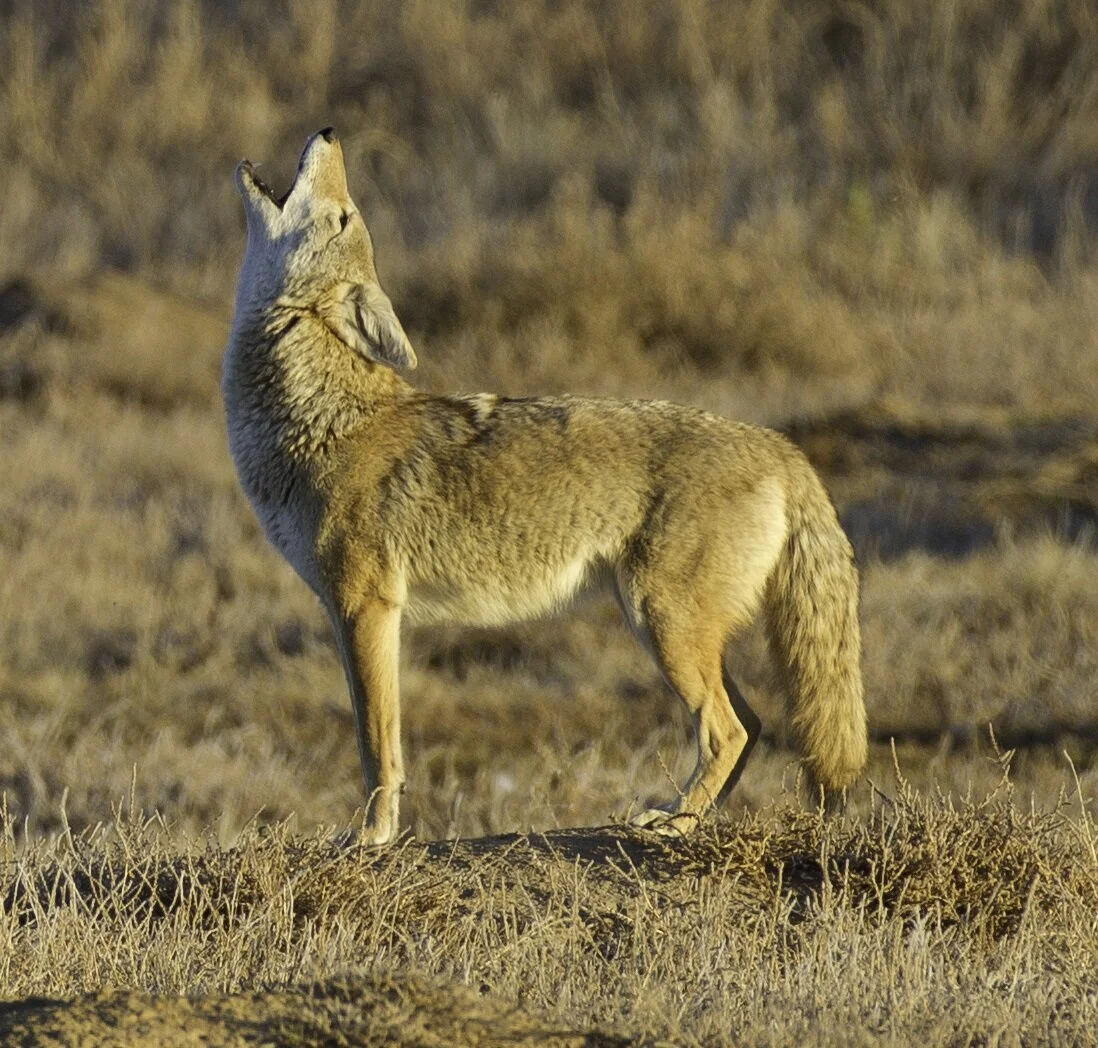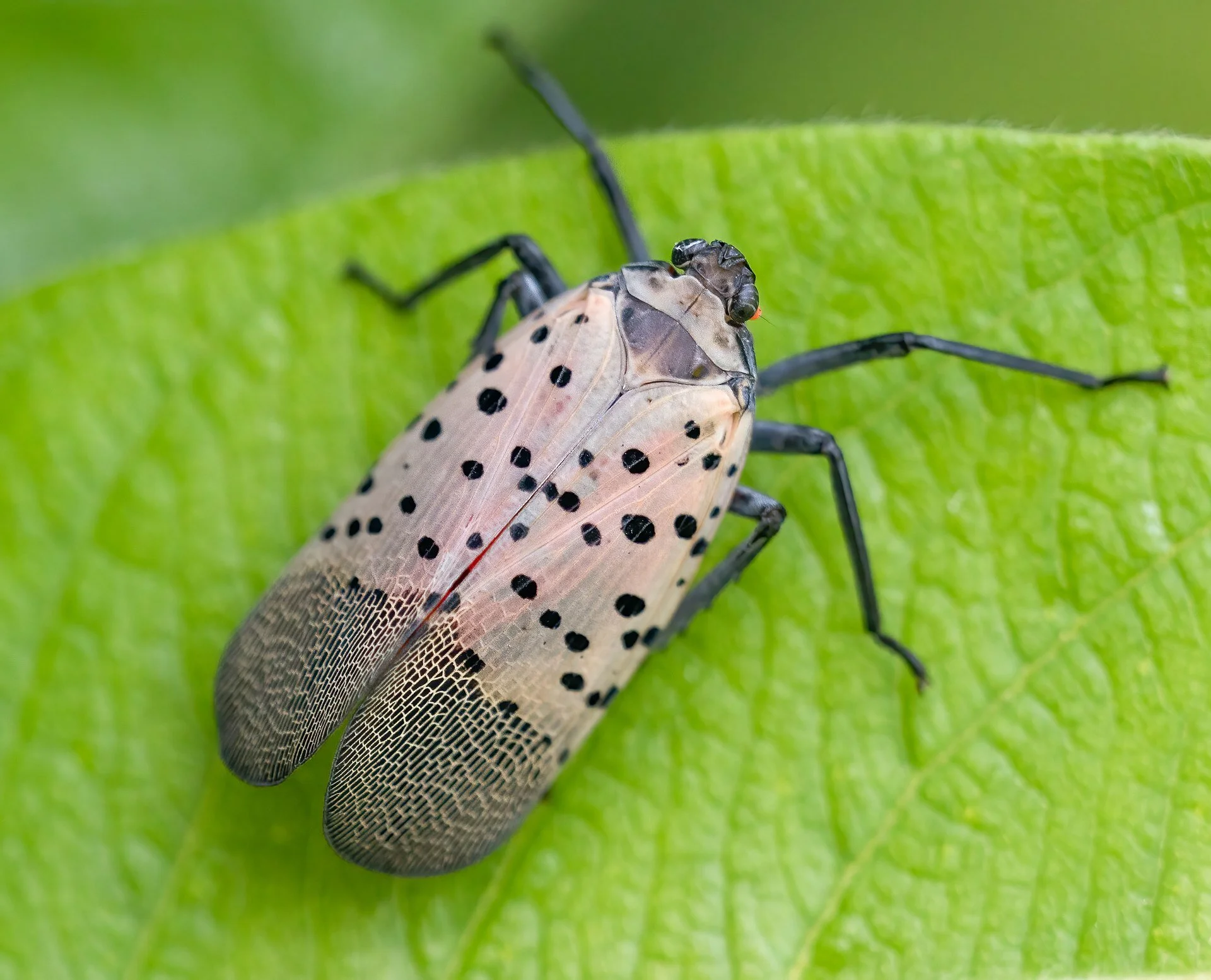Invasive (like us) and relentless
Crying for supper in suburbia
From Robert Whitcomb’s “Digital Diary,’’ in GoLocal24.com
There’s lots of talk and worry about coyotes in and around New England urban areas. We’d better get used to them. They’re smart and opportunistic. Their increasing numbers show how some wild animals can and must adapt as people take over more and more of the Earth’s space.
You might call coyotes invasive species in these parts, but then so are we, if you go back far enough. And maybe, like dogs, their canid cousins, they too will ultimately be domesticated. Maybe even raccoons, who have also become suburbanites and even urbanites, will be domesticated. They’re quite intelligent creatures. (Even moose, who aren’t smart, are wandering into some New England cities, such as Worcester.)
But keep your house cats inside. Coyotes will kill and eat them. But then, cats kill many, many songbirds so…
— Photo by Rhododendrites
Meanwhile, gird yourself for the Spotted Lanternfly, an invasive species moving into southern New England, aided and abetted by global warming. The Pennsylvania Dept. of Agriculture reports:
“The spotted lanternfly causes serious damage including oozing sap, wilting, leaf curling and dieback in trees, vines, crops and many other types of plants. In addition to plant damage, when spotted lanternflies feed, they excrete a sugary substance, called honeydew, that encourages the growth of black sooty mold. This mold is harmless to people; however, it causes damage to plants.’’
If you see any of these execute as many as you can. But happily, it will take a while for Burmese pythons to make their way up here from Florida.

